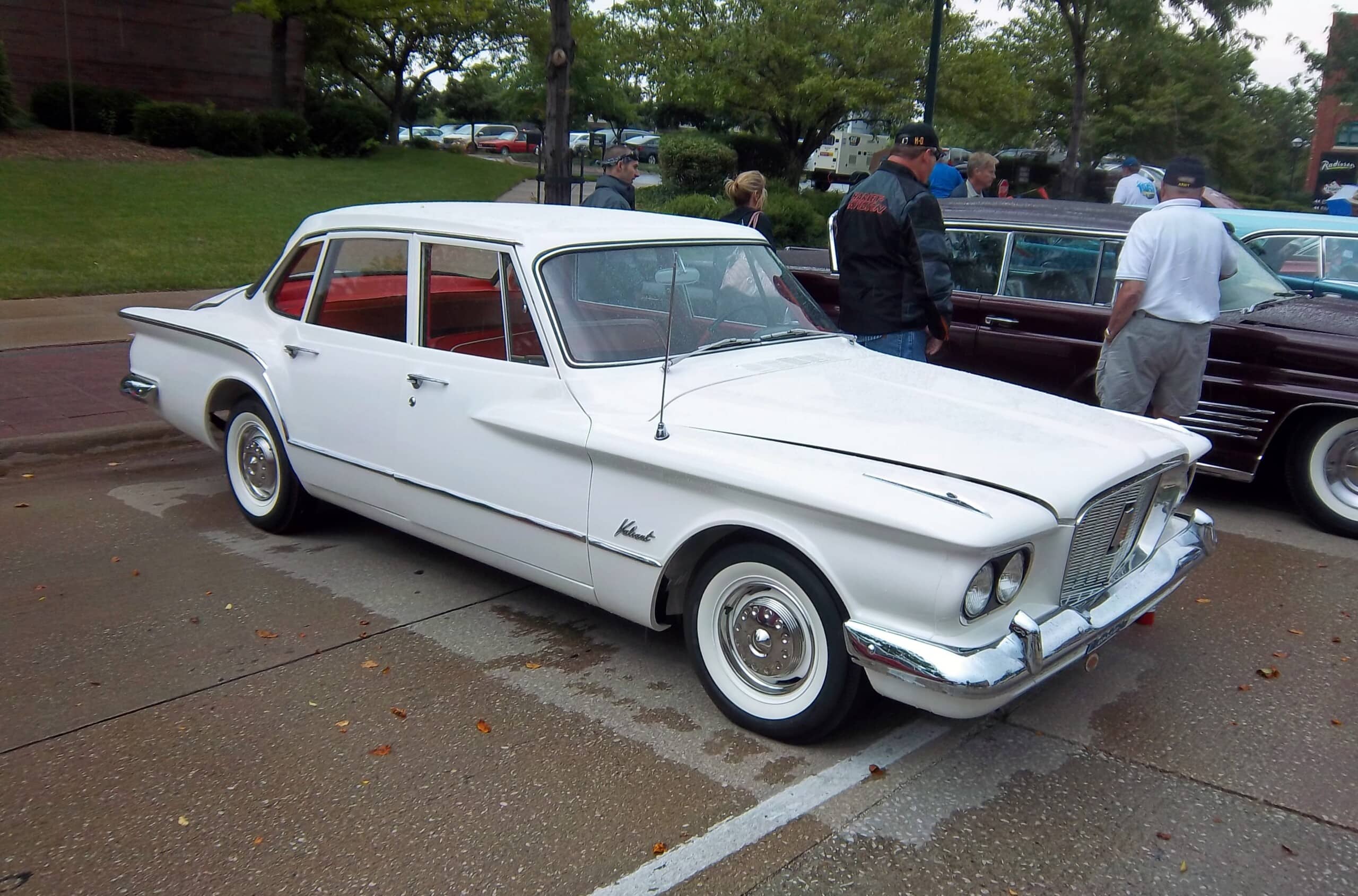The 1960s were a decade of technological advancement and renewed fascination with space exploration. This led to the creation of a new genre of futuristic automobiles called “space-age cars.” These cars had sleek and aerodynamic designs and many unconventional features such as bubble tops and gull-wing doors. Some of the most iconic space-age cars of the ’60s include the Ford Thunderbird, Chevrolet Corvair, and Chrysler Turbine.
Space-age cars of the 1960s weren’t just about looks. They were also packed with advanced technology that was cutting-edge at the time. These cars featured advanced safety features, such as seat belts and padded dashboards, as well as innovative features, such as automatic transmissions and power steering. Many space-age cars were also equipped with engines that could deliver speed and acceleration. Space-age cars of the 1960s represented a bold era of car design and technology that still inspires enthusiasts to this day. We took a look at the strange vehicles that defined the space age era right here.

1960 Plymouth Valiant
The Valiant, a compact car, was designed by the Plymouth division of the Chrysler Corporation in 1960. It was designed to appeal to a wide range of people as a fuel-efficient, practical car. It had a functional design that made it easy to maintain and repair. The Valiant was equipped with a reliable engine capable of up to 101 horsepower. This made it a practical, fuel-efficient car for its time (via Valient).

The 1960 Valiant had a functional and comfortable interior. It featured a comfortable bench seat and a large trunk. The Valiant was compact and easy to park in the city. The 1960 Plymouth Valiant was a reliable and practical car for daily use. It was a simple and functional car that still holds a special place in the hearts of those who appreciate classic practical vehicles.
